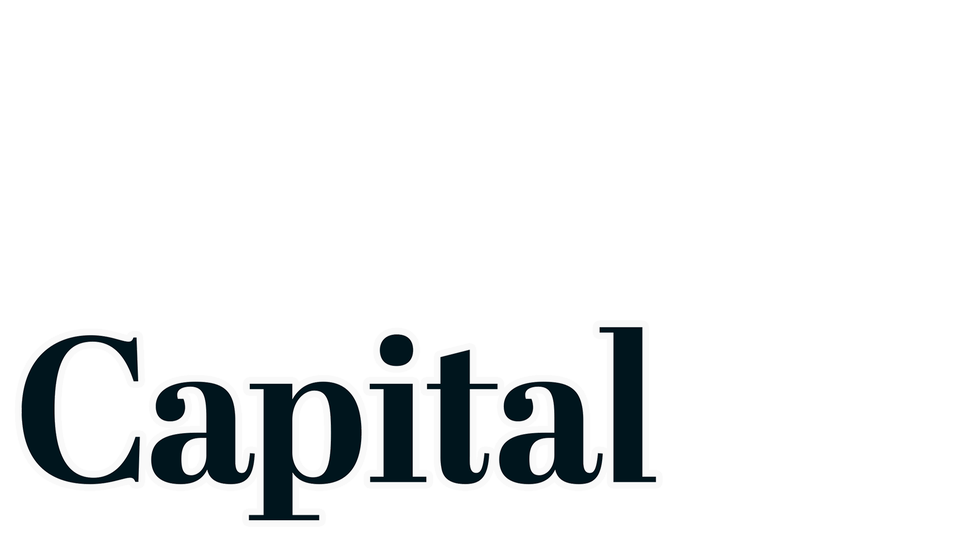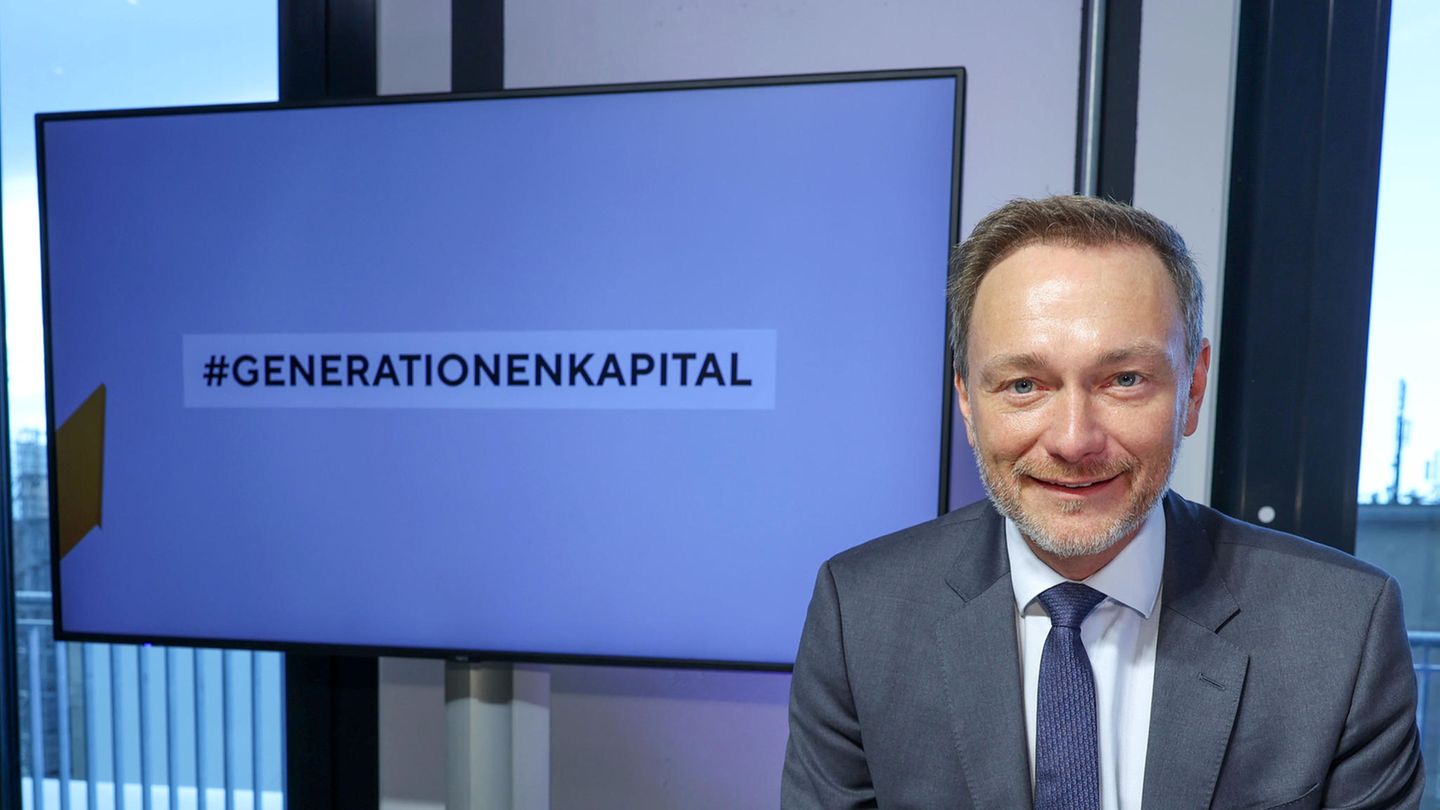The share pension was an election promise of the FDP – since mid-May it has been adopted as generational capital. But according to experts, little will change for contributors and pensioners in the next few years.

This is original content from the Capital brand. This article will be available for ten days on stern.de. After that, you will find it exclusively on capital.de. Capital, like the star to RTL Germany.
Looking at the poll results, there is little to celebrate for Christian Lindner and his Liberals. The FDP has been circling the five percent hurdle for weeks and according to the current Sunday question from the opinion research institute Infratest Dimap, they would miss out on a place in the Bundestag with four percent. At least the Liberals were recently able to record a partial success: after a few delays, the Federal Cabinet passed the second pension package with the so-called generation capital in mid-May. According to Lindner’s original plans, the project was to be called a stock pension and would also work differently – but nevertheless: German pension provision will have a capital market pillar in the future.
According to the plan, 12 billion euros will be paid into a fund every year until 2036. A specially established public foundation will invest the funds on the capital market – worldwide and widely diversified. The payments will increase by three percent every year. Lindner has announced that the first distributions will begin in 2036.
Budget relief through generational capital
The existing pay-as-you-go principle of statutory pension provision is under pressure due to demographic change. “At the moment, pension financing only works because the state contributes more than 100 billion euros from the budget every year,” says Johannes Geyer from the German Institute for Economic Research (DIW Berlin).
If people are not to work significantly longer or receive lower pensions in the future, money is needed. And the second pension package promises exactly that: to keep the pension level at 48 percent of the average wage until 2039 and not to raise the retirement age above 67. This is why generational capital – as the stock pension is now called – is the central point in the second pension package. Investment in the capital market is intended to relieve the state of subsidies and stabilize the contribution rate. If you look closely, it is not just the pension fund itself that is relieved, but also the federal budget. The more return the fund generates on the stock market, the more the federal government saves on pension subsidies.
Debt-financed investment
Contrary to what the FDP had originally planned, the money in the generation capital that has now been approved no longer comes directly from the contributors. “We are not investing social security contributions,” emphasized Labor Minister Hubertus Heil of the SPD several times. Instead, the funds come from new debts for which the state issues federal bonds. In addition, the federal government plans to transfer 15 billion euros in federal holdings to the fund from 2028. Overall, the generation capital for this is to grow to around 200 billion euros by 2035.
And the finance minister can still comply with the debt brake. As long as he invests the money rather than spending it, he does not have to record it as debt in the balance sheet. “The capital gains should then also finance the interest on these loans,” explains Geyer. This reduces the fund’s return, but the state can take out comparatively cheap new loans. However, Lindner and Heil are not allowed to decide for themselves how exactly they invest the capital. This is where the public foundation comes into play. It will manage the capital, but has yet to be founded. Until then, the fund for nuclear rehabilitation (Kenfo), which is also public, will take on this task.
A drop in the ocean
The cabinet is expecting an average return of more than three or four percent. “That is a rather conservative but realistic estimate,” says Geyer. From the mid-2030s, however, 10 billion euros are to flow into pensions from the fund each year. “If we assume these ten billion with a capital of 200 billion, the required return would probably be over five percent,” says Geyer. By comparison, the MSCI World stock index, which combines the largest companies in the industrialized countries by market value, has achieved an average return of a good nine percent annually over the last ten years.
But Geyer also emphasizes that such assumptions are based on historical data and no one can see into the future. “The generational capital is invested for a relatively long period of at least ten years and is therefore probably quite stable,” says Geyer. However, the expected ten billion from the returns will not provide the major relief. After all, the pension insurance spent an impressive 354 billion euros in 2022. “The federal government expects the generational capital to reduce the contribution rate by 0.3 points and the subsidy by a few billion,” says Geyer.
What does this mean specifically for pensioners and contributors?
Nothing will change at all until the first planned distribution in 2035. “And even after that, people will probably not feel much of the new generation capital,” Geyer suspects. The planned contribution savings would not be a major relief for employees: “If the contribution rates were reduced by 0.3 percent, that would be around 4.5 euros for a salary of 3,000 euros, of which the employee pays half in contributions,” Geyer calculates.
The aim is to stabilize pensions in the long term, based on the principle that no news is good news. This means that pensioners should not feel any of the potential losses on the capital market. According to current plans, pension entitlements remain independent of investment performance.
Source: Stern




